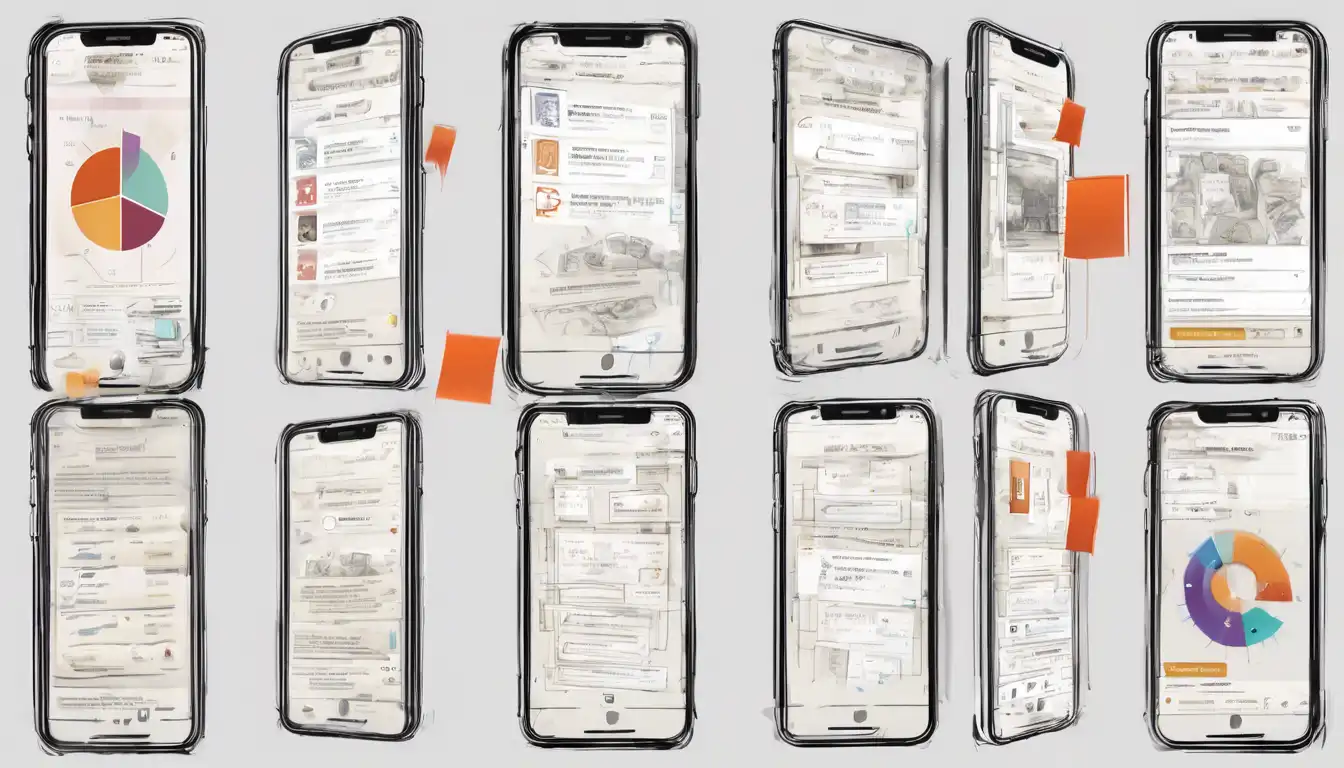Introduction to Mobile App Success
In today's digital age, building a successful mobile app requires more than just a great idea. It involves meticulous planning, understanding your audience, and executing a strategy that covers development, marketing, and continuous improvement. This guide will walk you through the essential steps to create a mobile app that stands out in the competitive app market.
Understanding Your Target Audience
Before diving into development, it's crucial to identify and understand your target audience. Conduct market research to gather insights into their preferences, behaviors, and the problems they face that your app can solve. This foundational step ensures your app meets real needs and has a market fit.
Planning Your Mobile App
With a clear understanding of your audience, the next step is to plan your app's features, design, and user experience. Create a detailed roadmap that outlines the development process, including milestones and deadlines. Prioritize features that offer the most value to your users, considering both functionality and usability.
Choosing the Right Development Approach
Decide whether to develop a native, hybrid, or web app based on your target audience and budget. Each approach has its pros and cons, so weigh them carefully. Hiring experienced developers or partnering with a reputable app development company can significantly impact your app's quality and performance.
Designing for User Engagement
A well-designed app not only looks good but also provides a seamless user experience. Focus on intuitive navigation, fast loading times, and engaging visuals. Remember, the first impression is crucial, so invest in professional UI/UX design to captivate your users from the start.
Developing and Testing Your App
Development is where your app starts to take shape. Follow agile methodologies to build and test your app iteratively. Rigorous testing is essential to identify and fix bugs, ensuring your app runs smoothly across all devices and platforms. Beta testing with real users can provide valuable feedback for improvements.
Launching Your Mobile App
A successful launch requires a solid marketing strategy. Utilize social media, email marketing, and PR to generate buzz around your app. Consider offering early access or incentives to encourage downloads. Remember, the goal is to maximize visibility and attract your target audience.
Marketing and Monetization Strategies
Post-launch, focus on marketing efforts to sustain and grow your user base. Explore various monetization models, such as in-app purchases, subscriptions, or ads, to generate revenue. Analyze user data to refine your marketing strategies and improve app performance.
Gathering Feedback and Continuous Improvement
The journey doesn't end at launch. Collect user feedback to understand their experience and identify areas for enhancement. Regular updates with new features and improvements will keep your app relevant and engaging, fostering long-term success.
Conclusion
Building a successful mobile app is a challenging yet rewarding endeavor. By following these steps—understanding your audience, meticulous planning, choosing the right development approach, designing for engagement, rigorous testing, strategic launch, effective marketing, and continuous improvement—you can create an app that resonates with users and thrives in the competitive app marketplace.
